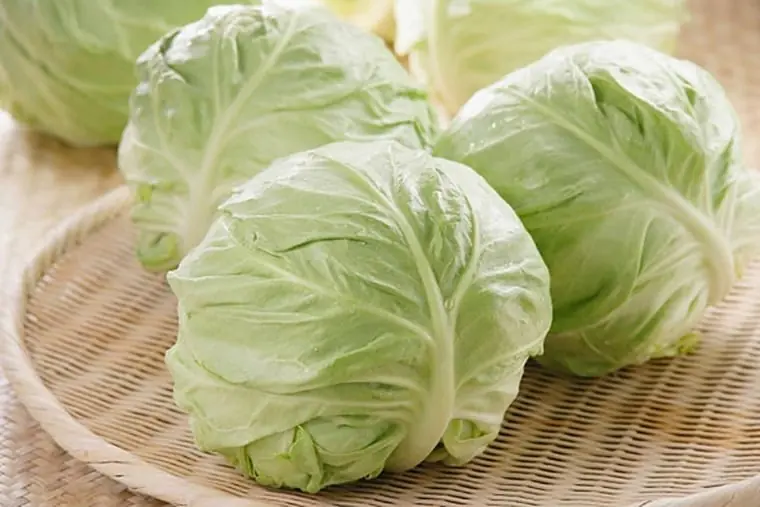
Why shouldn't I set the air conditioner to 26 degrees? Luckily, thanks to the reminder from the air conditioner technician, it turns out I've been making this mistake for decades
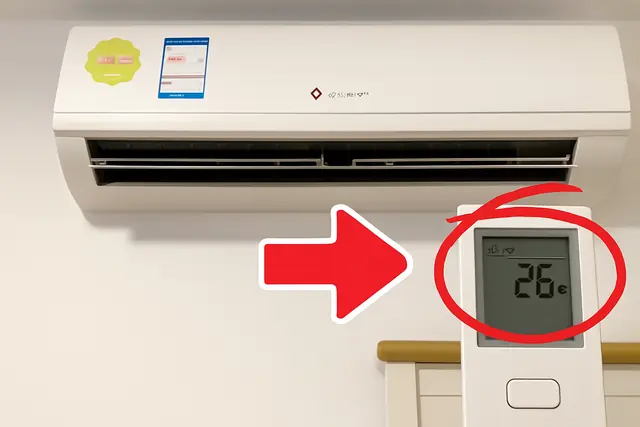
Why You Shouldn’t Set Your Air Conditioner to 26 Degrees: A Technician’s Warning You Can’t Ignore
For many years, it has been common advice to set your air conditioner to 26°C (78.8°F) to save energy and maintain comfort. However, an air conditioning technician recently reminded people that this common practice might actually be a mistake that has been costing both comfort and efficiency for decades.
The Myth About 26 Degrees
The recommendation to keep the thermostat at 26°C originated from energy-saving guidelines aiming to reduce electricity consumption. While this temperature may help save some energy, it is not always the most effective or comfortable setting for your home or office environment.
Why Setting to 26 Degrees Can Be a Mistake
-
Inefficient Cooling
When the air conditioner is set too high, it must run longer to reach the desired temperature, causing the system to work harder and less efficiently. This can lead to increased energy use and higher electricity bills, contrary to the original intention. -
Poor Comfort Levels
26°C might feel too warm, especially during hot and humid days, making the indoor environment uncomfortable. When the room temperature is not adequately cooled, people tend to use fans or other cooling methods that might consume additional energy. -
Increased Wear and Tear
Running the air conditioner for prolonged periods at a higher temperature setting can strain the compressor and other components, potentially shortening the unit’s lifespan and increasing maintenance costs. -
Humidity Control Issues
Air conditioners not only cool the air but also reduce humidity. At 26°C, the system might not effectively remove moisture, leading to a clammy indoor environment and increased risk of mold growth and other humidity-related problems.
What Do Technicians Recommend?
Air conditioning technicians suggest setting the thermostat between 22°C to 24°C for optimal comfort and efficiency. This range helps the system cool the room quickly and maintain a comfortable temperature without overworking the unit.
Additionally, maintaining your air conditioner regularly, cleaning filters, and ensuring proper insulation can improve cooling efficiency and reduce energy consumption.
Personal Experience: A Lifelong Mistake
Thanks to the reminder from a professional technician, many people are realizing that setting their air conditioners to 26°C was not the best choice. For decades, this habit might have led to discomfort, wasted energy, and unnecessary expenses.
Conclusion
While 26°C might seem like an energy-saving temperature setting for your air conditioner, it can actually be inefficient, uncomfortable, and harmful to your unit’s longevity. Setting your air conditioner between 22°C and 24°C, combined with proper maintenance, offers a better balance of comfort and energy efficiency. Listening to expert advice can save you money and improve your indoor living environment.
News in the same category

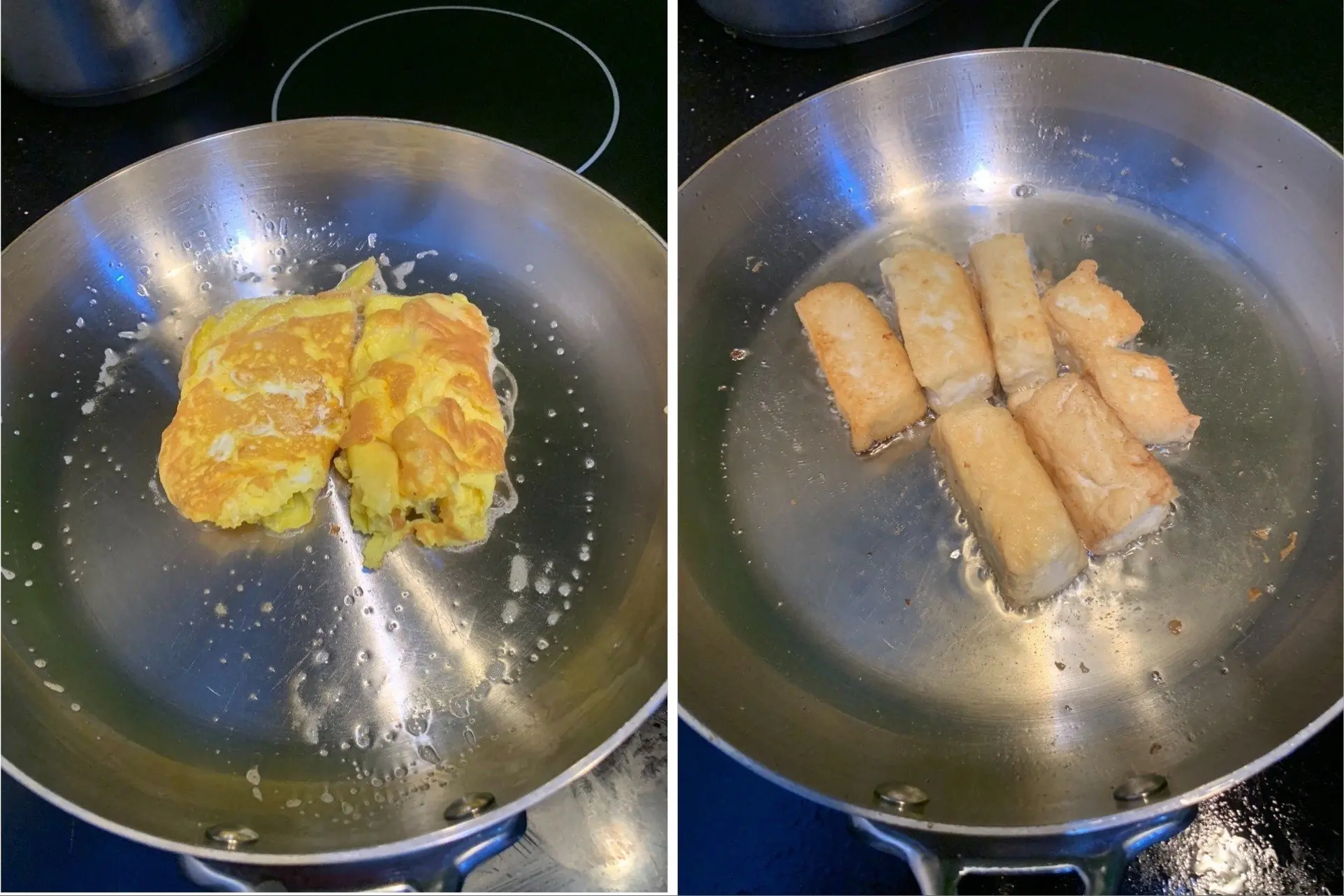
Frying Anything Without Sticking: Just Add This Liquid to the Pan

Eliminate Refrigerator Odors with Just Two Common, Cheap Items
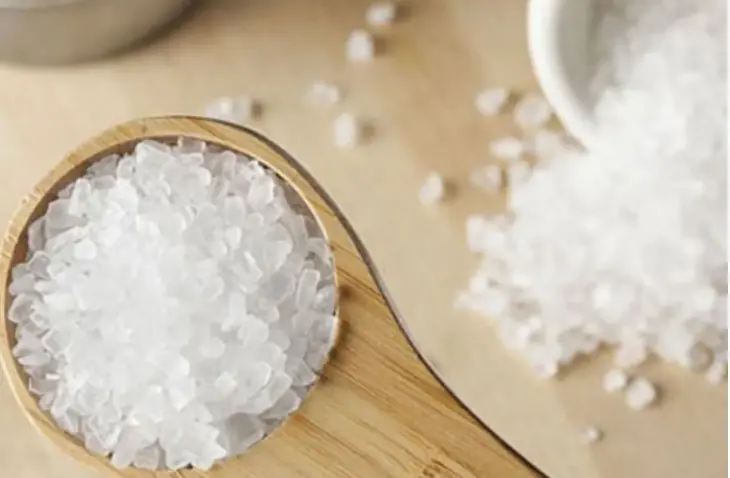
This One Superfood Could Tackle Major Health Issues—Here’s What You Need To Know

Male contraceptive pill appears to be safe without side effects in early trials

The Volume Buttons on Your iPhone Have Countless Hidden Features

4 Things You Should Never Say At A Funeral — No Matter What

Mass Panic as ‘New Baba Vanga’ Predicts Majo Disasters Striking in Just One Month

8 Early Warning Signs Of Ovarian Cancer You Shouldn’t Ignore

5 foods you should never keep overnight

Pain ON The Left Side Of The Body: What it could mean?

3 Ways to Prevent Snakes from Entering Your House: Protect Your Family

When a Washing Machine Shows 7kg, 8kg, or 10kg, Is That the Weight of Dry or Wet Clothes?

Don’t wear these two types of slippers on the plane—they can compromise your safety

On Humid Days, Walls Are Prone to Mold and Peeling
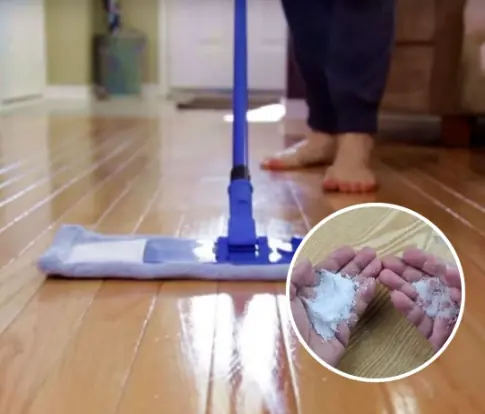
You Don’t Need to Mop the Floor All Week, But It Will Still Be Spotless Thanks to These 4 Amazing Tips That Very Few People Know
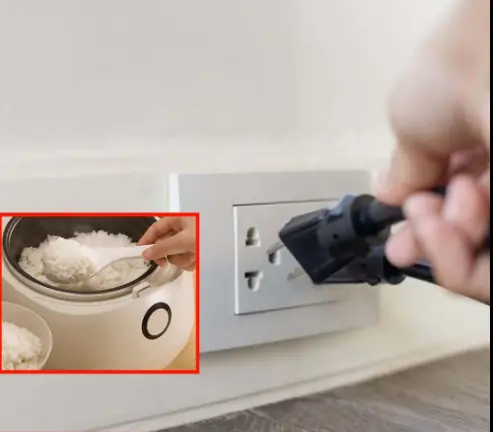
Do you need to unplug the rice cooker after the rice is cooked?

Effective and simple ways to restore a non-stick pan without needing to replace it

Defrosting Shrimp by Soaking in Water Is a Mistake
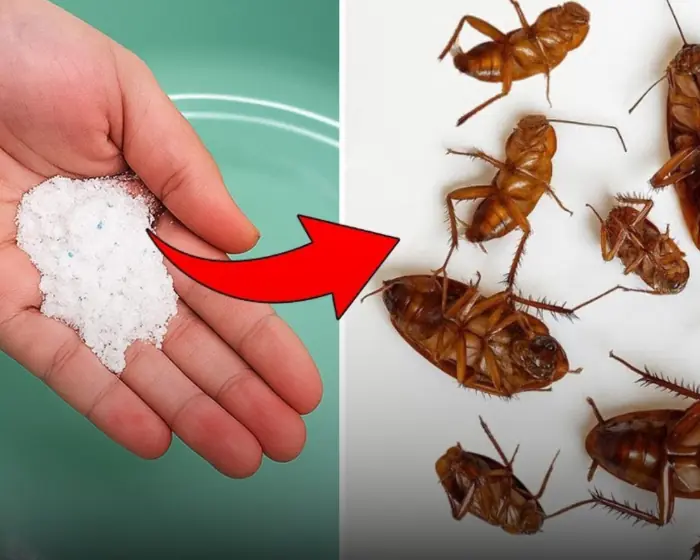
Effective tips to kill cockroaches and keep your house clean
News Post

Cabbage Is Nutritious but Harmful for These 5 Groups of People

5 Types of Vegetables That “Naturally Contain Toxi.ns”

Sweet Potato vs. Potato: The Truth About Their Health Benefits

Waking up with foamy urine: Warning of 3 serious illnesses, number 1: Go to the hospital quickly

These common garden leaves could be a natural remedy for bone and joint problems—yet many overlook their power

Waking up with 6 strange tastes in your mouth, watch out for internal organs being sic.k

Headaches at these times warn of extremely dang.erous diseases

These 4 parts of a pig may be delicious and inexpensive, but you shouldn’t eat them too often—don’t let greed harm your health
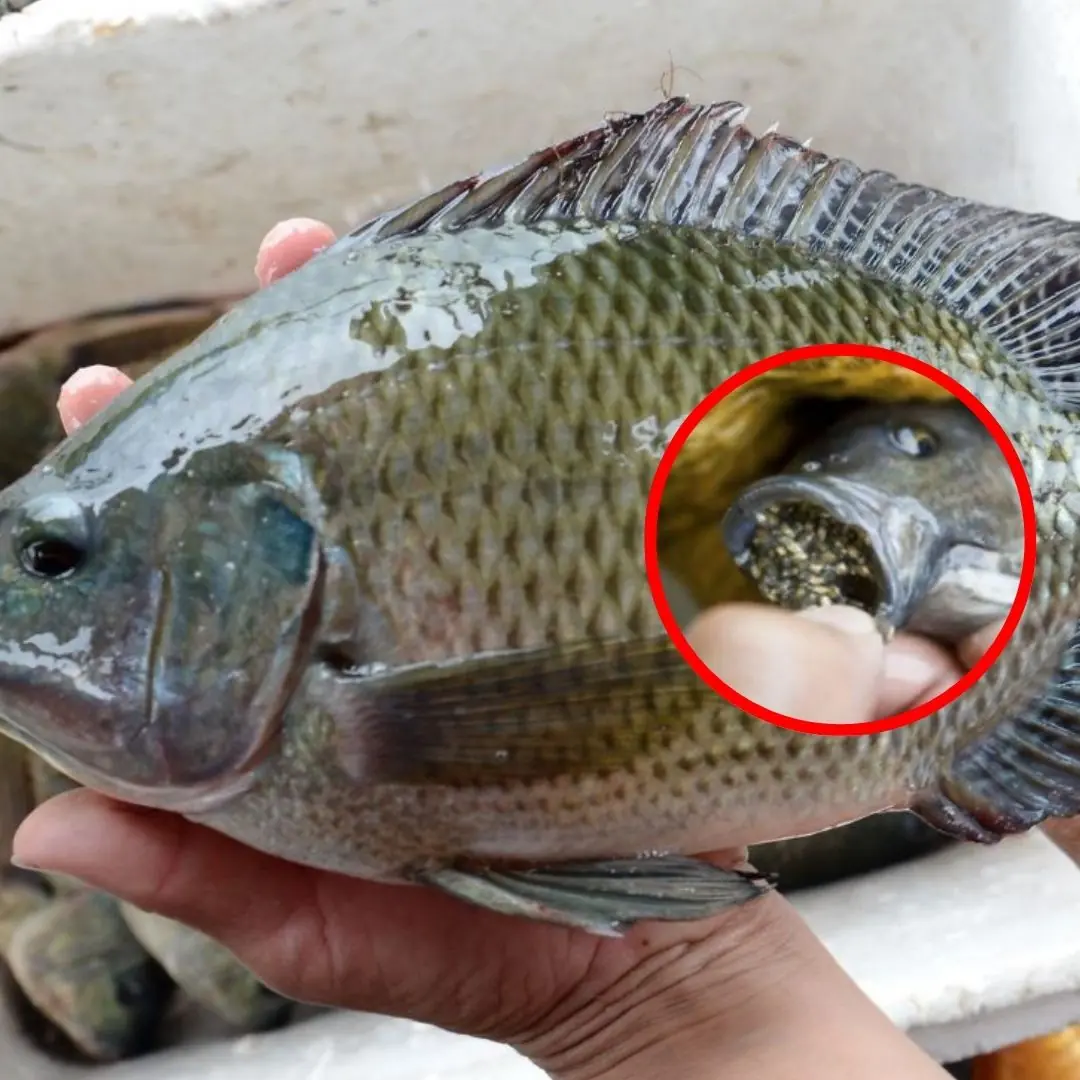
Reasons why you should stop eating tilapia as soon as possible

Rich in nutrients, these 3 vegetables are considered by the Japanese as a longevity eli.xir

Frying Anything Without Sticking: Just Add This Liquid to the Pan

2 Hygiene Habits That “Damage” the Inti.mate Area

Eliminate Refrigerator Odors with Just Two Common, Cheap Items

3 Types of Autumn Vegetables Known as the “Kings of Calcium” Everyone Should Eat Regularly

Does eating boiled eggs every day benefit or harm the li.ver?

Groups of people absolutely abstain from eating chayote squash to avoid bringing disaster upon themselves

People with weak kidneys often have pain in 5 places: If you have 1, you need to see a doctor immediately!

5 abnormalities that appear at night warn of "blood flooding the street", even young people should not be subjective
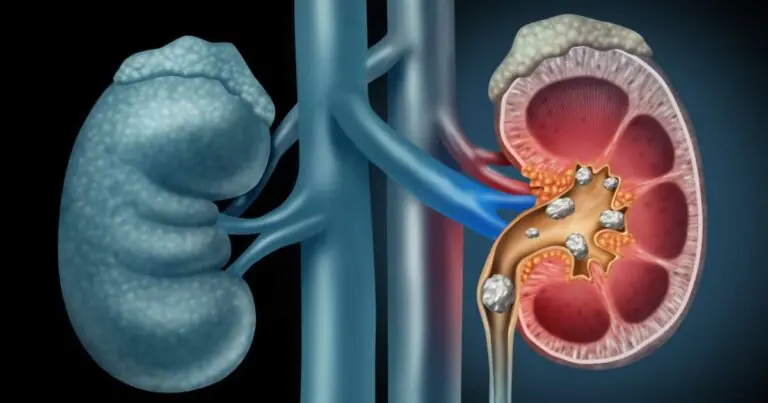
If Your Kidneys Are in Danger, the Body Will Show these 10 Signs
